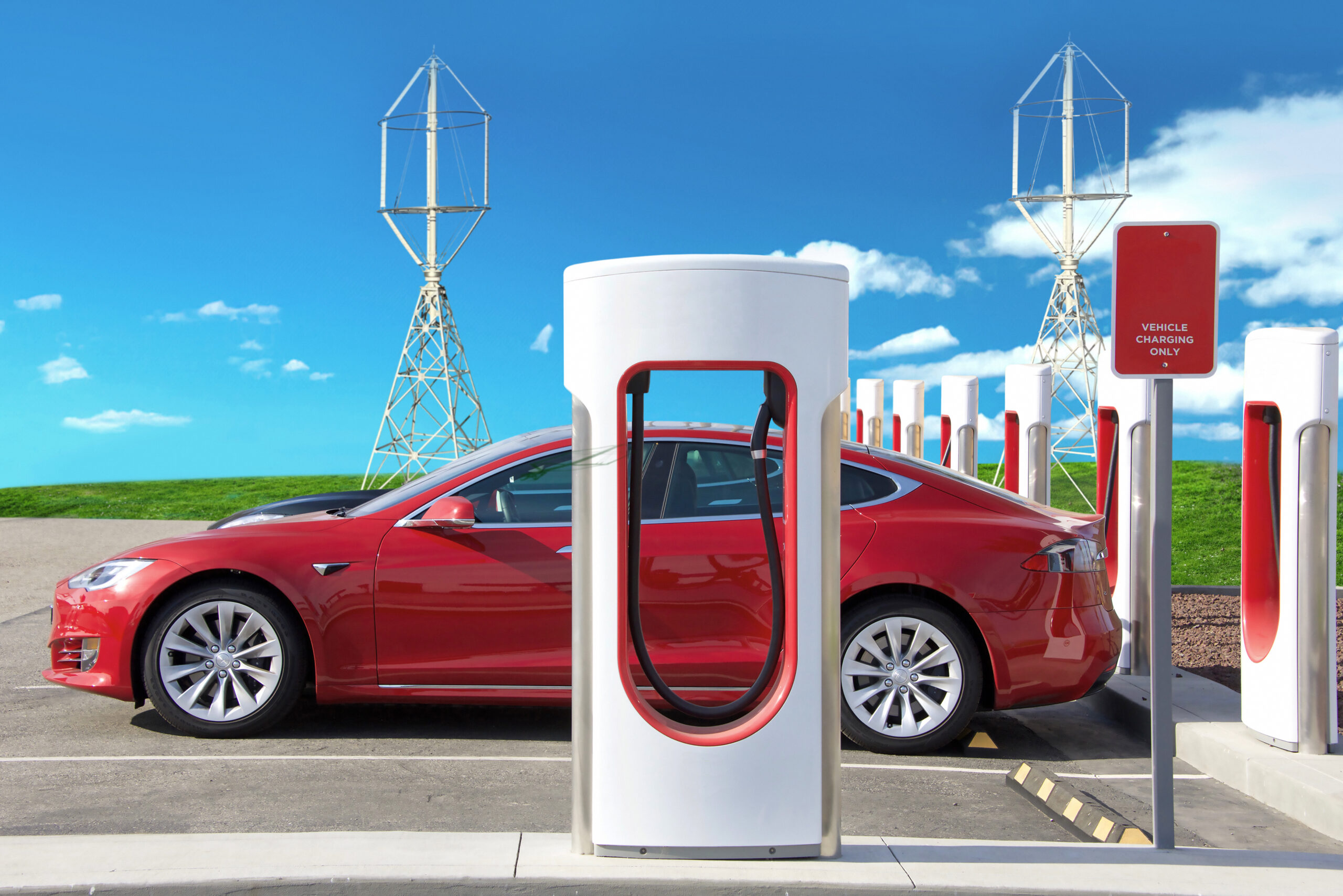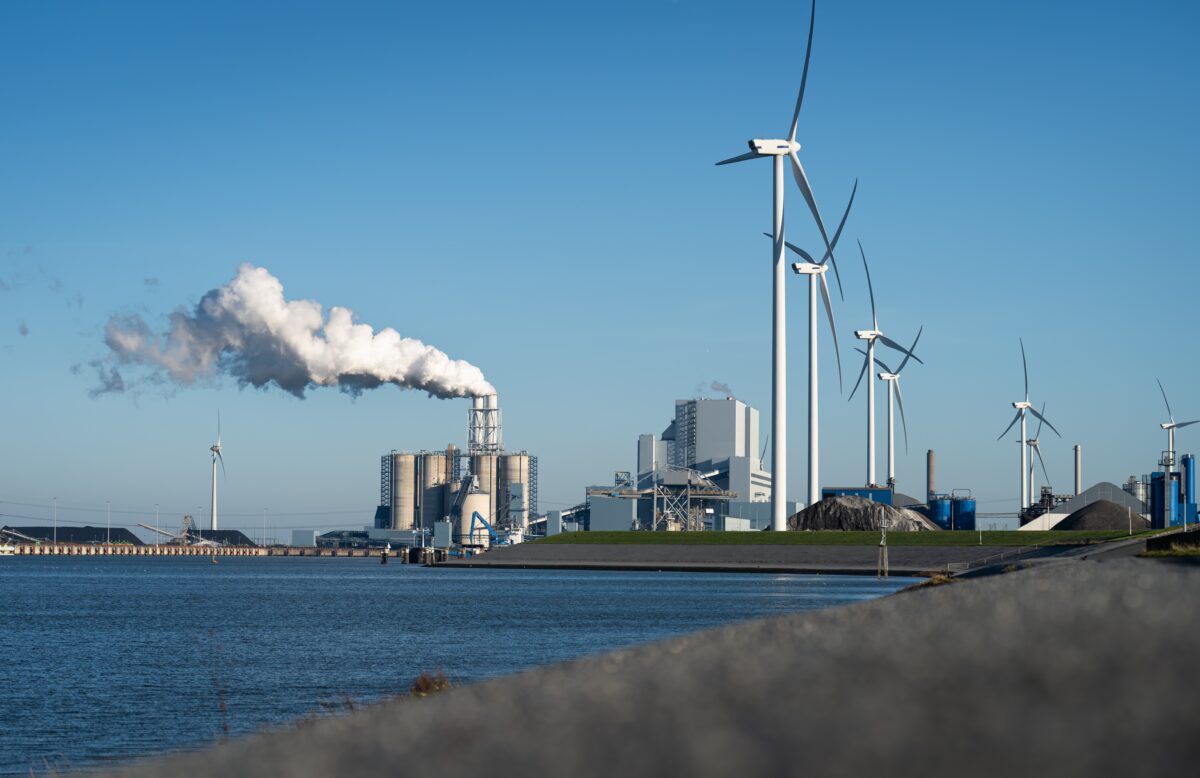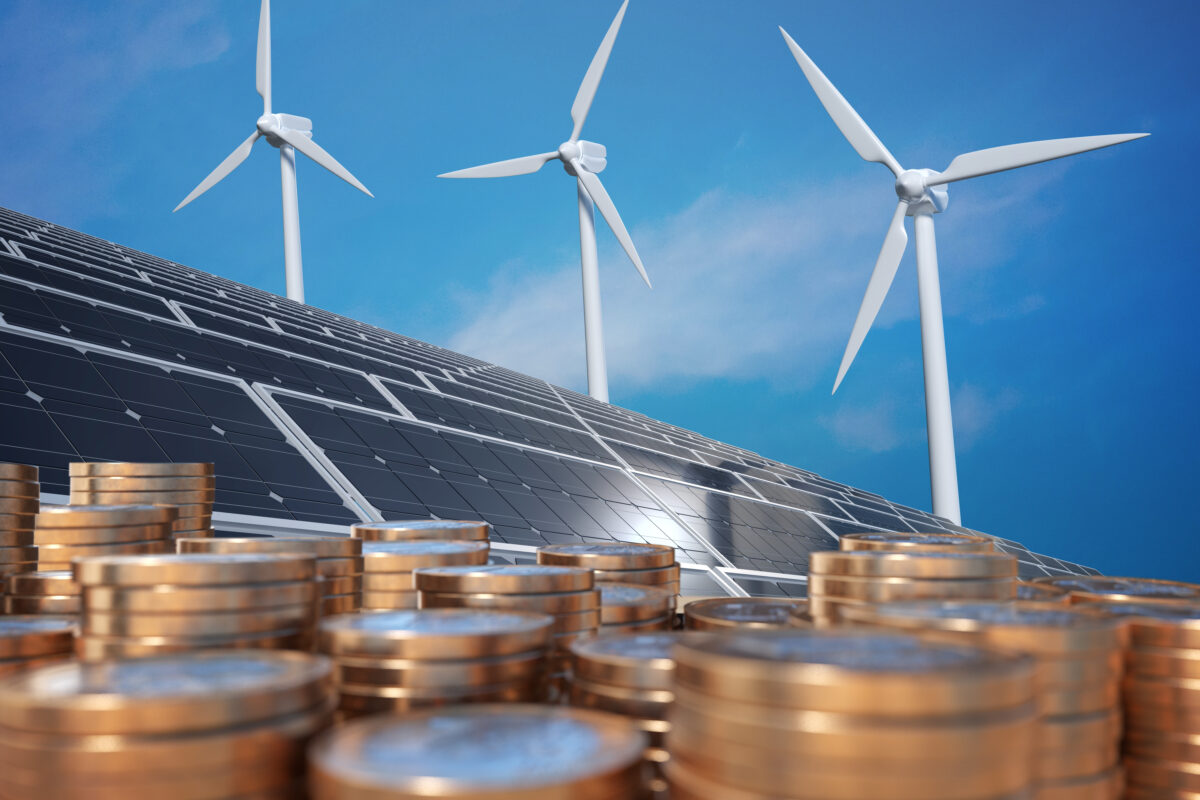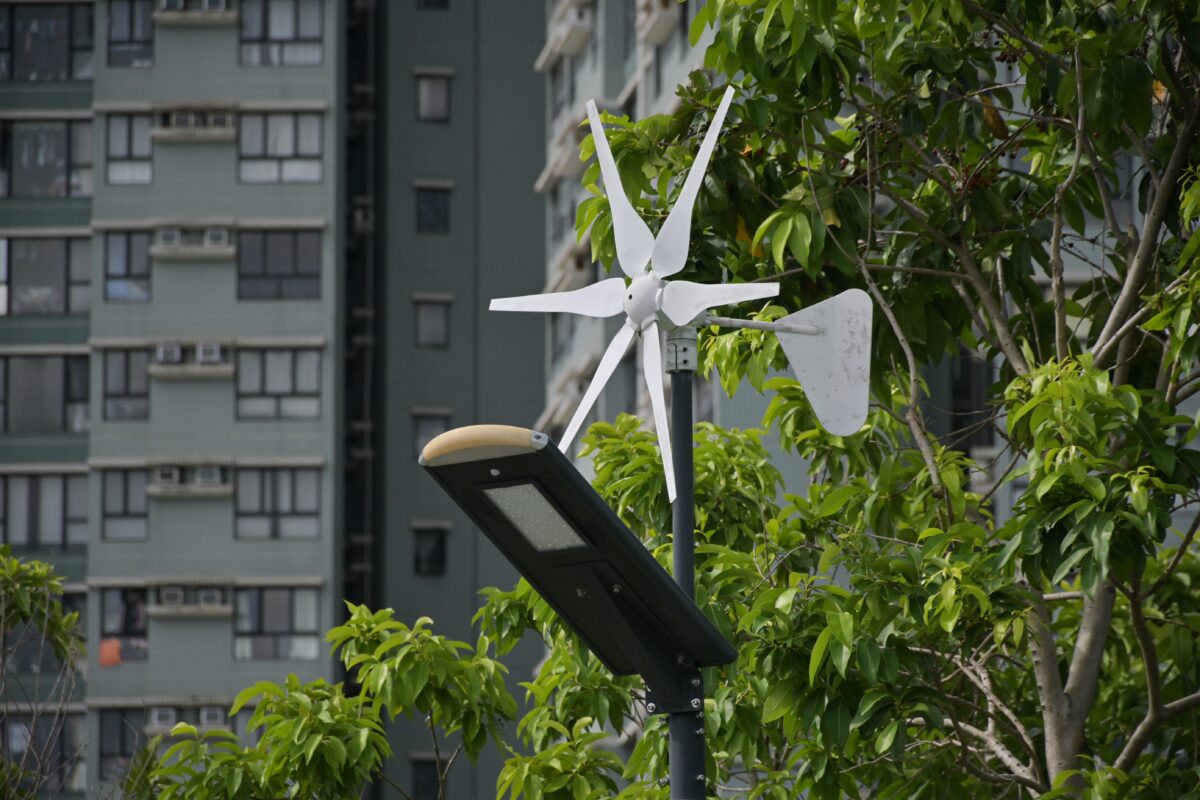The transition to electric vehicles (EVs) requires substantial improvements in the refueling infrastructure. Both gas and EV charging stations, especially in remote locations, face the challenge of grid dependency, which sometimes cannot support their power requirements, leading to high operational costs and slow EV charging. This case study discusses a sustainable and reliable hybrid solution with the use of small wind turbines and solar power.
Gas Stations Energy Challenges
Gas stations face energy challenges due to multi-dimensional power needs, from lighting to HVAC systems. The cost of covering these expenses may vary in different regions, impacting overall operational costs. For stations based in remote or rural locations, access to power is a critical challenge, as expanding infrastructure to such locations can become highly expensive. Compliance with energy efficiency, safety, and environmental regulations further complicates operations, with the need to consider rising electricity costs versus station profitability. Furthermore, there are low capacities for new connections and possible power outages that interrupt service delivery even more, showing the need for a dependable, self-sufficient power supply. All these problems can significantly affect the station’s operation and the profitability of the business.
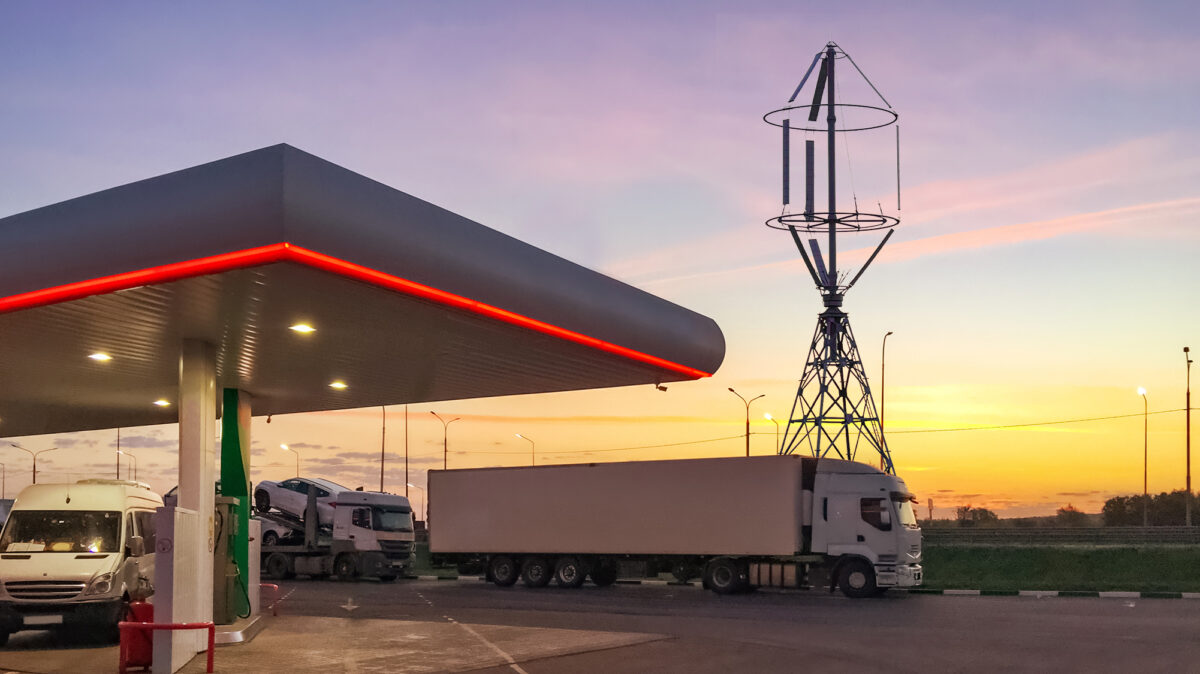
Transition Challenges to EV Charging Infrastructure
The deployment of Electric Vehicles charging points (EV charging points) is associated with massive infrastructure investment and has several drawbacks:
Inadequate charging capacity: Many service stations have insufficient electrical capacity to support high-power chargers that can quickly recharge EVs.
Infrastructure Investment: Significant costs are required to retrofit existing stations or construct new ones with charging facilities.
Demand Uncertainty: With no guaranteed pace of EV adoption, station owners are not motivated to invest in huge electrification projects.
Customer Experience: Through the inherently long process of EV charging, as opposed to traditional refueling, customer satisfaction might be degraded.
Workforce Transition: Current employees need retraining or increased personnel numbers, who are already trained in managing EV technology.
Are you curious about renewable energy but don’t know where to begin? We offer a free, comprehensive site feasibility survey to help you explore the possibilities.
Contact us to schedule your free survey and take the first step towards renewable energy!
Our Solution: A Wind-Solar Hybrid Renewable Energy System for Gas Stations
Hybrid renewable energy system that is a combination of Freen-20 small wind turbine with solar panels creates stable and predictable daily energy generation.
We offer hybrid energy system with optimal energy sourcing for stable predictive daily energy generation:
• 64% from PV modules for daytime operation and storage supply
• 36% from Freen-20 wind turbines for nighttime operation and emergency supply
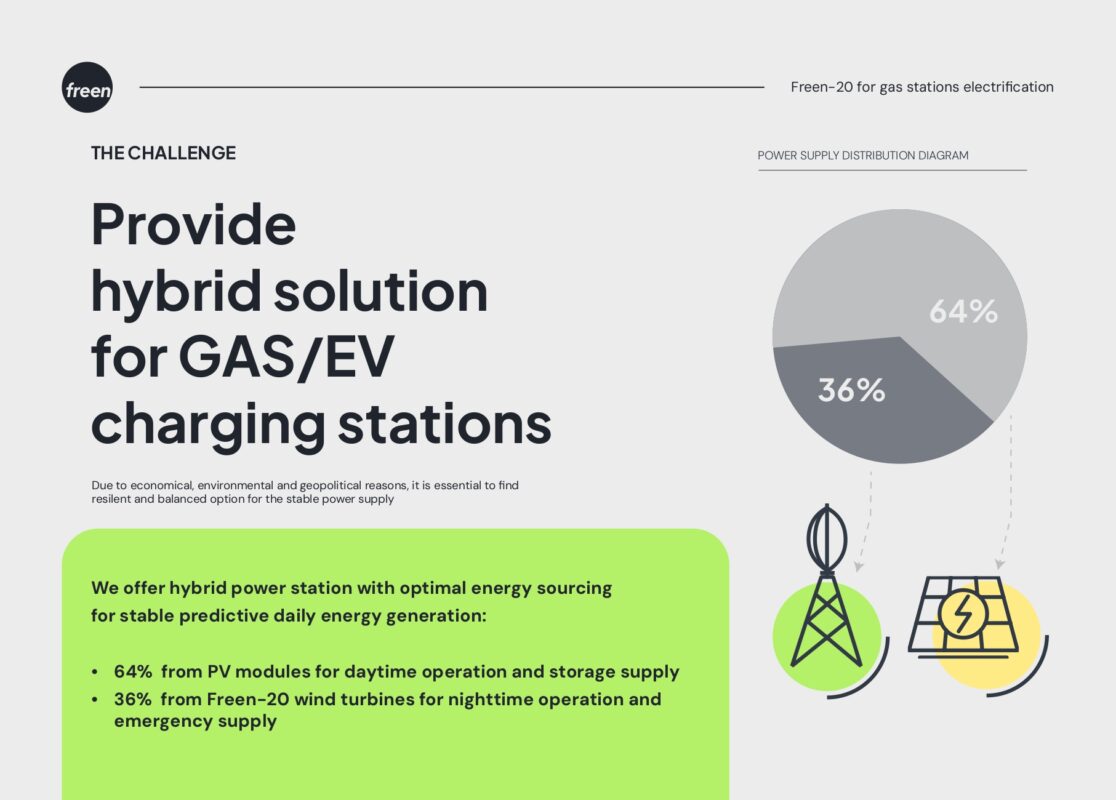
Advantages of this hybrid energy system for gas station are numerous:
Improved Reliability: The hybrid renewable energy system works continuously under variable conditions. The solar panels produce power during the day, and when the light is weak, the small wind turbine takes over, ensuring an uninterrupted power supply.
Optimized Land Use: Combining solar and wind power in the same location allows space usage optimization. It is crucial for locations with limited available land.
Uniform Network Load: The hybrid renewable energy system balances power generation surges from both wind power and solar power, maintaining a stable energy input to the grid.
Environmental Impact: The emission reduction effect increases significantly with renewable energy sources incorporated into the system, aligning with global sustainability goals.
System Specifications and Benefits
The hybrid energy system is generated with a perfect mix of solar and wind power, where a proper ratio has been determined after carrying out detailed analytics on already operating hybrid energy parks. The system uses a 1 to 1.75 ratio of generation between the wind energy and solar energy, using Vertical-Axis Freen-20 small wind turbines, which are more space and cost-effective than the horizontal-axis. This setup maximizes the power output per square meter, reduces maintenance requirements, and minimizes operational costs.
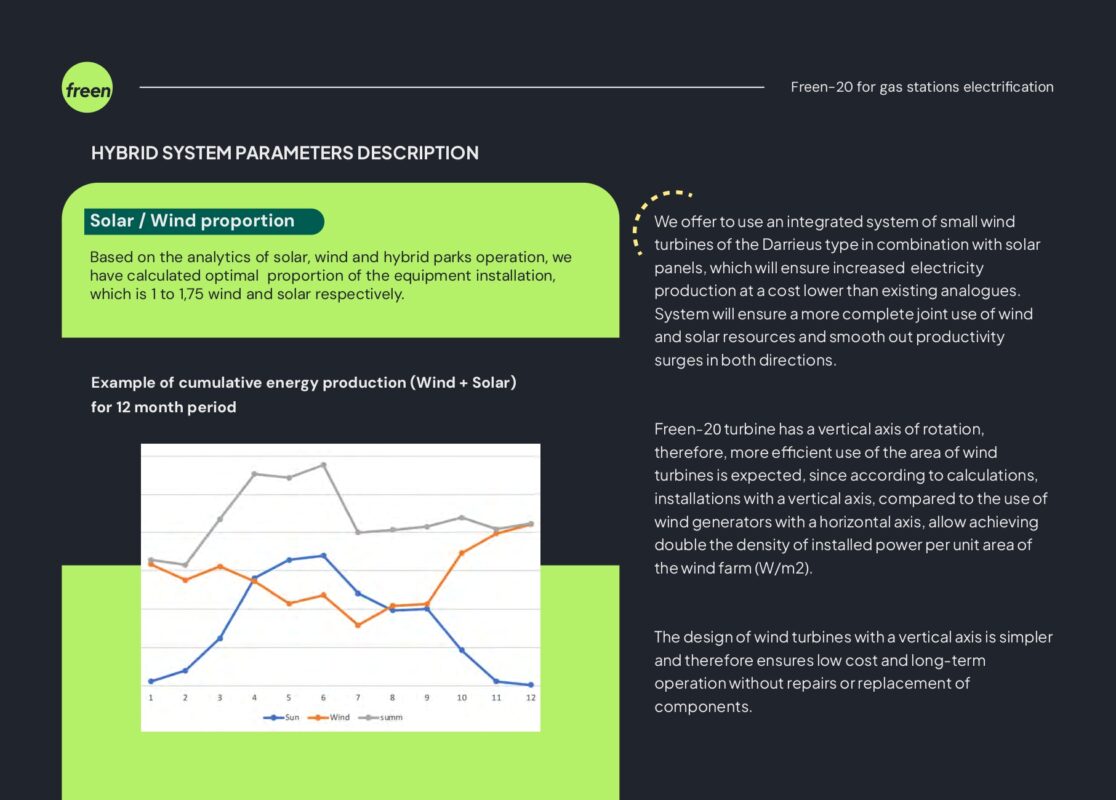
Conclusion
The use of small wind turbines in combination with solar panels may represent a futuristic solution for the energy problems of gas and EV charging stations. This hybrid renewable energy system will meet not only the immediate energy demands but also set a sustainable path, reducing dependence on the grid and cutting operational costs to enhance service reliability. This ensures the gas and EV charging stations transition smoothly into accommodating future energy needs, thereby guaranteeing profitability and compliance with environmental constraints in this rapidly evolving automotive landscape.
Ready to make the shift to renewable energy? Our solutions are designed for service stations, marinas, airports, and more businesses with suitable wind conditions. Take advantage of our free site feasibility survey to see how our wind turbines can work for you, providing detailed insights and potential returns. Contact us to schedule a free consultation!


